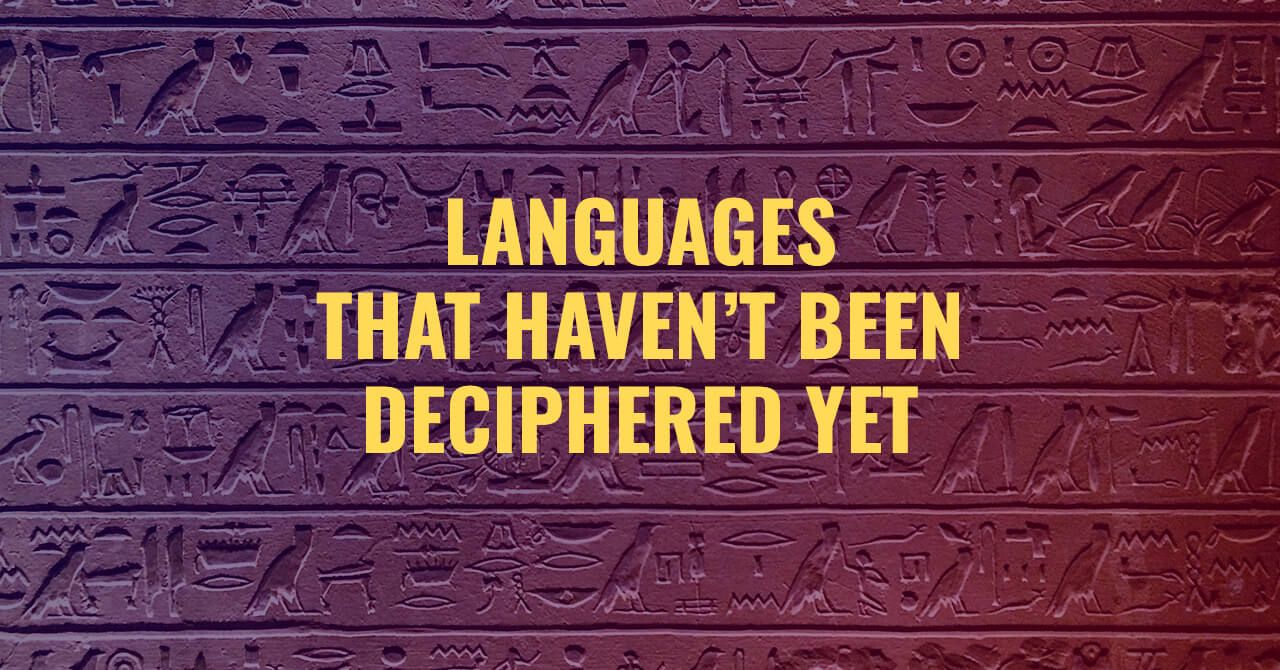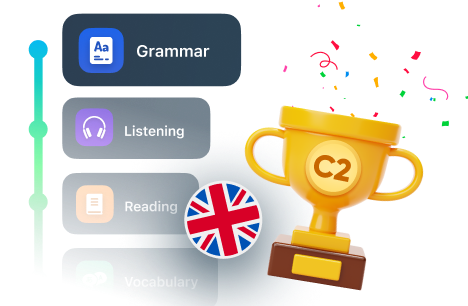
Ancient Written Languages Too Difficult For Even Experts to Decipher
Not all languages of ancient civilizations discovered have been deciphered. Here are some of the languages from ancient times that have proven to be most difficult to decipher, even by experts.
Modern languages didn’t come from anything; what we know today are the results of old languages and writing systems evolving as time passed and humans became even more civilized.
Tablets and artifacts belonging to ancient cities were found, some carrying text and symbols which were the written language of the people of that time. These artifacts were discovered, analyzed, and decoded to decipher what was being communicated.
However, not all languages of ancient civilizations discovered have been deciphered. Try as they might, scholars have spent decades pouring over the old scripts of these languages page after page, trying to make sense of it all, but alas, they reached dead ends. Here are some of the languages from ancient times that have proven to be most difficult to decipher, even by experts.
Wadi El-Hol Script
The Wadi El-Hol cliff in Egypt is the home to the Wadi El-Hol script, which was discovered in the 1990s by two archaeologists from Yale. Upon analysis, these scripts contained elements of hieroglyphics and some Semitic characters from other ancient scripts.
Also incorporating the earliest-known form of phonetic alphabets, the inscriptions are thought to represent the transition from hieroglyphic writing to alphabetic one. Unfortunately, there is no solid evidence for this theory, as the Wadi El-Hol script has not been deciphered.
Proto-Elamite
This language originates from Mesopotamia between the periods ca.3050 and 2900 B.C.E. The Proto-Elamite is the earliest complex written document from the Susiana plains and the Iranian highland region. Consisting of about a thousand signs and partly logographic, these logographic are not phonetic; instead, they represent entire words.
Although it seems like this language was founded on the Mesopotamian contemporaries, they created their symbols. The downside is that they did not bother to keep track of the system in an organized manner. This is why the language is quite difficult to crack. That and the fact that the Elamite language has no known relatives; this has made it quite difficult to ascertain what the sounds of the symbols represent.
Olmec Writing
Thought to be the oldest writing system in the western part of the earth, and upon the discovery of the Cascajal Block, the Olmec writing was made known to modern civilization. This block features characters that are thought to be ancient depictions of tribal objects like animals, tools, and food.
From the intricacy of the writing system on the Cascajal Block, it is established that they were quite literate people as the block contains 62 glyphs; some abstract and some depicted as corn, throne, beetles, or dart tip. However, this significant artifact, whose creation dates from 1200 BCE and 400 BCE, has unfortunately not been translated.
Cretan Hieroglyphics
The Cretan writing system, unknown to many people, is a form of hieroglyphics originating from ancient Greece dating back to the Bronze Age of the Minoan Era and having connections to another Cretan writing system—the Linear A.
Scientists believe these scripts used by ancient Minoans were used mostly for accounting and record-keeping purposes. The difficulty of translating these undeciphered Cretan old scripts stems from a lack of adequate materials to translate.
The Minoans created a writing system using representations like hands, animals, objects, and weapons, with other abstract symbols complementing each other. So far, only a few artifacts carrying the Cretan writing system have been discovered. They are usually in short fragments; hence it is not enough to crack an entire ancient language system.
Singapore Stone
Found at the Singapore River in the 14th century, this stone was once part of a larger boulder that sat at the mouth of the river. The boulder was first discovered by a group of laborers clearing trees in the area.
At the time of discovery, the rock had about 50 lines of undecipherable inscriptions suspected to date back to the Majapahit era. However, a few years later, an order was issued to blow up this boulder to create more space at the mouth of the Singapore River. This was to allow room for the construction of the military Fort Fullerton.
Only three fragments were retrieved after the boulder was blown apart, and their inscriptions are yet to be deciphered.
Linear A
Linear A is another undeciphered Cretan script, maybe the first to be discovered. This writing system originates from the Minoan people of Crete, and this language writing on clay tablets dates back to 1800 to 1450 BC. On these clay tablets was a language that has no means to be traced owing to the mysterious civilization disappearance to which it belongs.
Many studies have been conducted to find the origin of this writing system. Some scholars say it was an earlier form of Greek. Some argue that it is a pre-Hellenic language unrelated to Greek, while others say it is from the Old European Vinca culture.
However, these speculations have not been confirmed as the ancient Minoans' ancient language on these tablets has yet to be deciphered.
Conclusion
Some attempts at deciphering the languages of ancient and mysterious civilizations have been very successful, but many of them have fallen through.
From the mysterious civilization disappearances of ancient cities and their people to the discovery of old scripts and undeciphered languages, it can be said that writing is a far older art than we would think. And that ancient civilization might not have been so ancient.


















